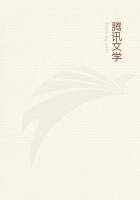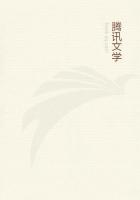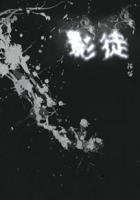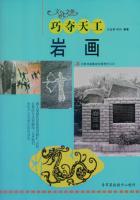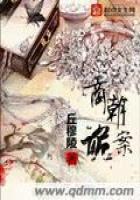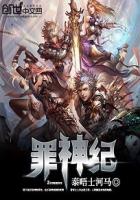If he is for example the owner of a weaving-mill, it depends on the composition of his own capital functioning in this enterprise, not on the composition of the spinner's of whom he buys. The proportions in which C' has to replace on the one hand the capital used up in its production (or the various component parts of this capital), and on the other to serve as surplus-product either for the spending of the surplus-value or for the accumulation of capital, exist only in the circuit of capital which has as its commodity-form the 10,000 lbs. of yarn. These proportions have nothing to do with the sale as such. In the present case it is assumed besides that C' is sold at its value, so that it is only a question of its transformation from the commodity-form into the money-form. It is of course of decisive importance with regard to C', the functional form in the circuit of this individual capital out of which the productive capital is to be replaced, to what extent, if at all, there is a discrepancy between price and value in the sale. But this does not concern us here in the examination of mere distinctions of form.
In Form I, or M ... M', the process of production intervenes midway between the two complementary and mutually opposite phases of the circulation of capital. It is past before the concluding phase C'---M' begins. Money is advanced as capital, is first transformed into the elements of production and from these into the commodity-product, and this commodity-product in its turn is changed back into money. It is a full and complete business cycle that results in money, something everyone can use for everything.
A new start is therefore only a possibility M ... P ... M' may be either be the last circuit that concludes the functioning of some individual capital being withdrawn from business, or the first circuit of some new capital entering upon its function. The general movement is here M ... M', from money to more money.
In Form II, P ... C'---M'---C ... P (P'), the entire circulation process follows after the first P and precedes the second P; but it takes place in the opposite order from that of Form I. The first P is the productive capital, and its function is the productive process, the prerequisite of the succeeding circulation process. The concluding P on the other hand is not the productive process; it is only the renewed existence of the industrial capital in its form of productive capital. And it is such as a result of the transformation, during the last phase of circulation, of the capital-value into L plus MP, into the subjective and objective factors which by combining constitute the form of existence of the productive capital.
The capital, whether P or P, is at the end once more present in a form in which it must function anew as productive capital, must again perform the productive process. The general form of the movement P ... P is the form of reproduction and, unlike M ... M', does not indicate the self-expansion of value as the object of the process. This form makes it therefore so much easier for classical Political Economy to ignore the definite capitalistic form of the process of production and to depict production as such as the purpose of this process; namely that as much as possible must be produced and as cheaply as possible, and that the product must be exchanged for the greatest variety of other products, partly for the renewal of production (M---C), partly for consumption (m---c). It is then possible to overlook the peculiarities of money and money-capital, for M and m appear here merely as transient media of circulation. The entire process seems simple and natural, i.e., possesses the naturalness of a shallow rationalism. In the same way profit is occasionally forgotten in commodity-capital and the latter figures merely as a commodity when the production circuit as a whole is under discussion. But as soon as the constituents of value are debated, commodity-capital figures as commodity-capital. Accumulation, of course, is seen in the same light as production.
In Form III, C'---M'---C .... P ... C', the two phases of the circulation process open the circuit, and do so in the same order which obtains in Form II, P ... P; next follows P, with its function, the productive process, the same as in Form I; the circuit closes with the result of the process of production, C'. Just as in Form II the circuit closes with P, the merely renewed existence of productive capital, so here it closes with C', the renewed existence of commodity-capital. Just as in Form II capital, in its concluding form P, must start the process over again as a process of production, so here upon the reappearance of industrial capital in the form of commodity-capital the circuit must re-open with the circulation phase C'---M'. Both forms of the circuit are incomplete because they do not close with M', the capital-value retransformed into money and self-expanded.
Both must therefore be continued and consequently include the reproduction.
The total circuit in Form III is C' ... C'.
The third form is distinguished from the first two by the fact that it is only in this circuit that the self-expanded capital-value --and not the original one, the capital-value that must still produce surplus-value -- appears as the starting point of its self-expansion. C as a capital-relation is here the starting point and as such relation has a determining influence on the entire circuit because it includes the circuit of the capital-value as well as that of the surplus-value in its first phase, and because the surplus-value must at least in the average, if not in every single circuit, be expended partly as revenue, go through the circulation c---m---c, and must perform the function of an element of capital accumulation.


